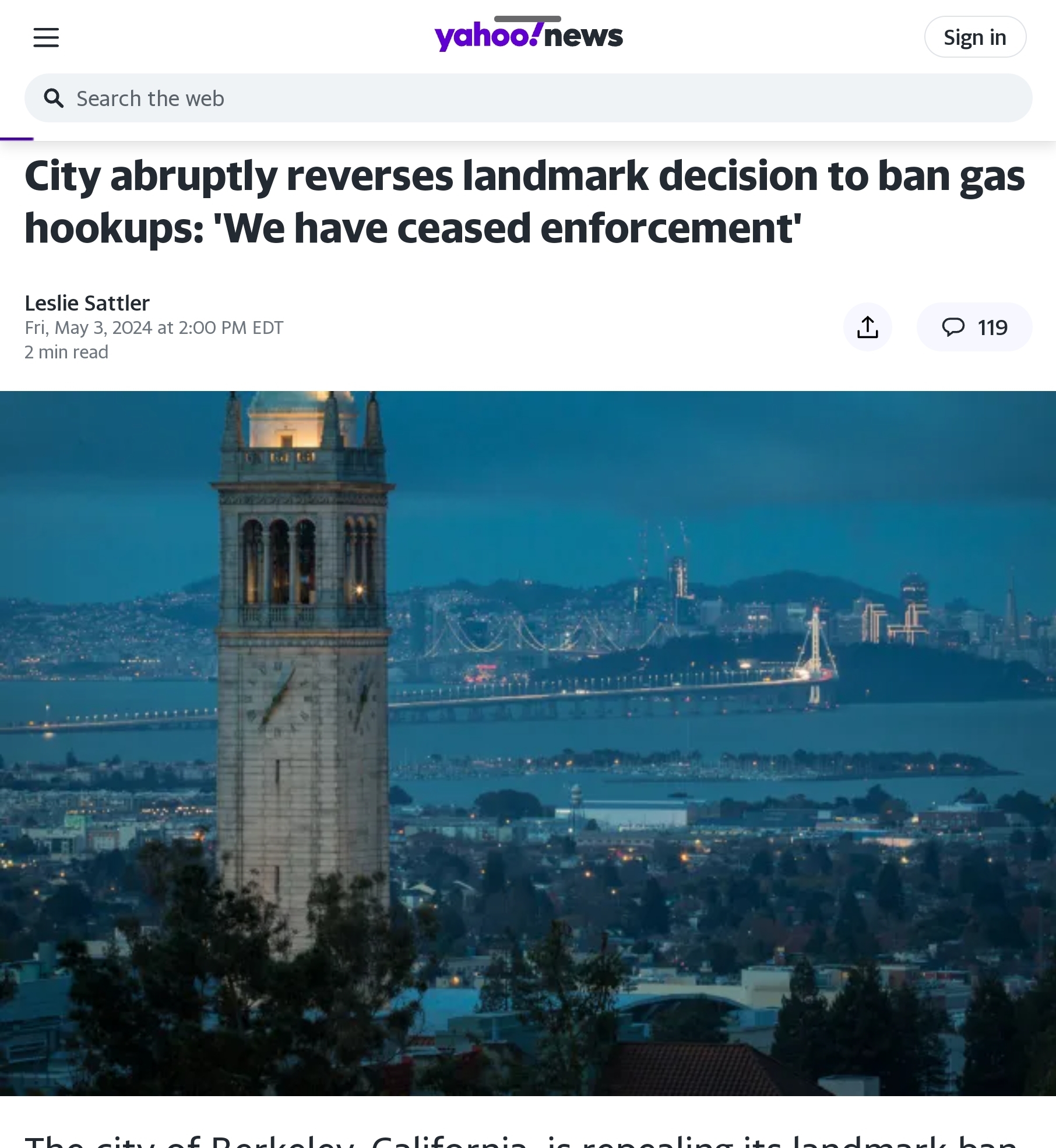
https://www.theguardian.com/us-news/2023/may/21/solar-farms-energy-power-california-mojave-desert
Deep in the Mojave desert, about halfway between Los Angeles and Phoenix, a sparkling blue sea shimmers on the horizon. Visible from the I-10 highway, amid the parched plains and sun-baked mountains, it is an improbable sight: a deep blue slick stretching for miles across the Chuckwalla Valley, forming an endless glistening mirror.
But something’s not quite right. Closer up, the water’s edge appears blocky and pixelated, with the look of a low-res computer rendering, while its surface is sculpted in orderly geometric ridges, like frozen waves.
“We had a guy pull in the other day towing a big boat,” says Don Sneddon, a local resident. “He asked us how to get to the launch ramp to the lake. I don’t think he realised he was looking at a lake of solar panels.”

Over the last few years, this swathe of desert has been steadily carpeted with one of the world’s largest concentrations of solar power plants, forming a sprawling photovoltaic sea. On the ground, the scale is almost incomprehensible. The Riverside East Solar Energy Zone – the ground zero of California’s solar energy boom – stretches for 150,000 acres, making it 10 times the size of Manhattan.
It is a crucial component of the United States’ green energy revolution. Solar makes up about 3% of the US electricity supply, but the Biden administration hopes it will reach 45% by 2050, primarily by building more huge plants like this across the country’s flat, empty plains.
But there’s one thing that the federal Bureau of Land Management (BLM) – the agency tasked with facilitating these projects on public land – doesn’t seem to have fully taken into account: the desert isn’t quite as empty as it thought. It might look like a barren wilderness, but this stretch of the Mojave is a rich and fragile habitat for endangered species and home to thousand-year-old carbon-capturing woodlands, ancient Indigenous cultural sites – and hundreds of people’s homes.
Residents have watched ruefully for years as solar plants crept over the horizon, bringing noise and pollution that’s eroding a way of life in their desert refuge.
“We feel like we’ve been sacrificed,” says Mark Carrington, who, like Sneddon, lives in the Lake Tamarisk resort, a community for over-55s near Desert Center, which is increasingly surrounded by solar farms. “We’re a senior community, and half of us now have breathing difficulties because of all the dust churned up by the construction. I moved here for the clean air, but some days I have to go outside wearing goggles. What was an oasis has become a little island in a dead solar sea.”
Concerns have intensified following the recent news of a project, called Easley, that would see the panels come just 200 metres from their backyards. Residents claim that excessive water use by solar plants has contributed to the drying up of two local wells, while their property values have been hit hard, with several now struggling to sell their homes.




